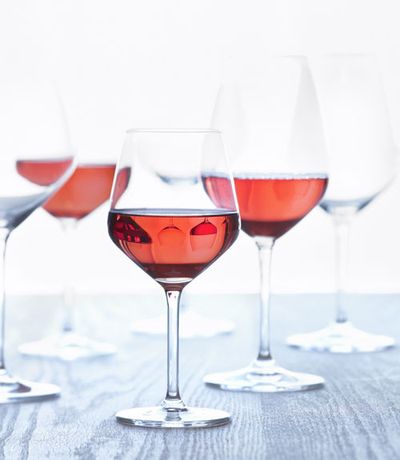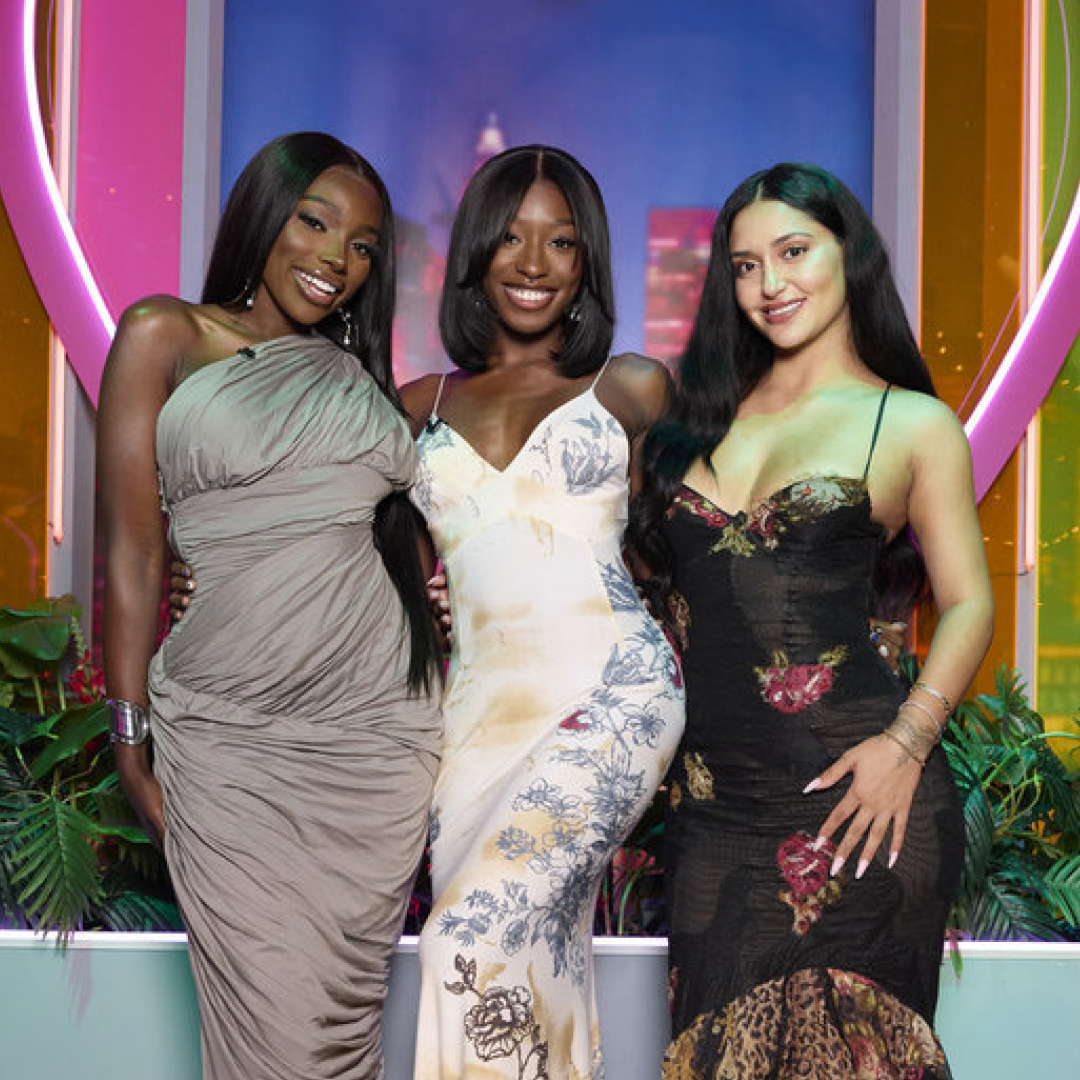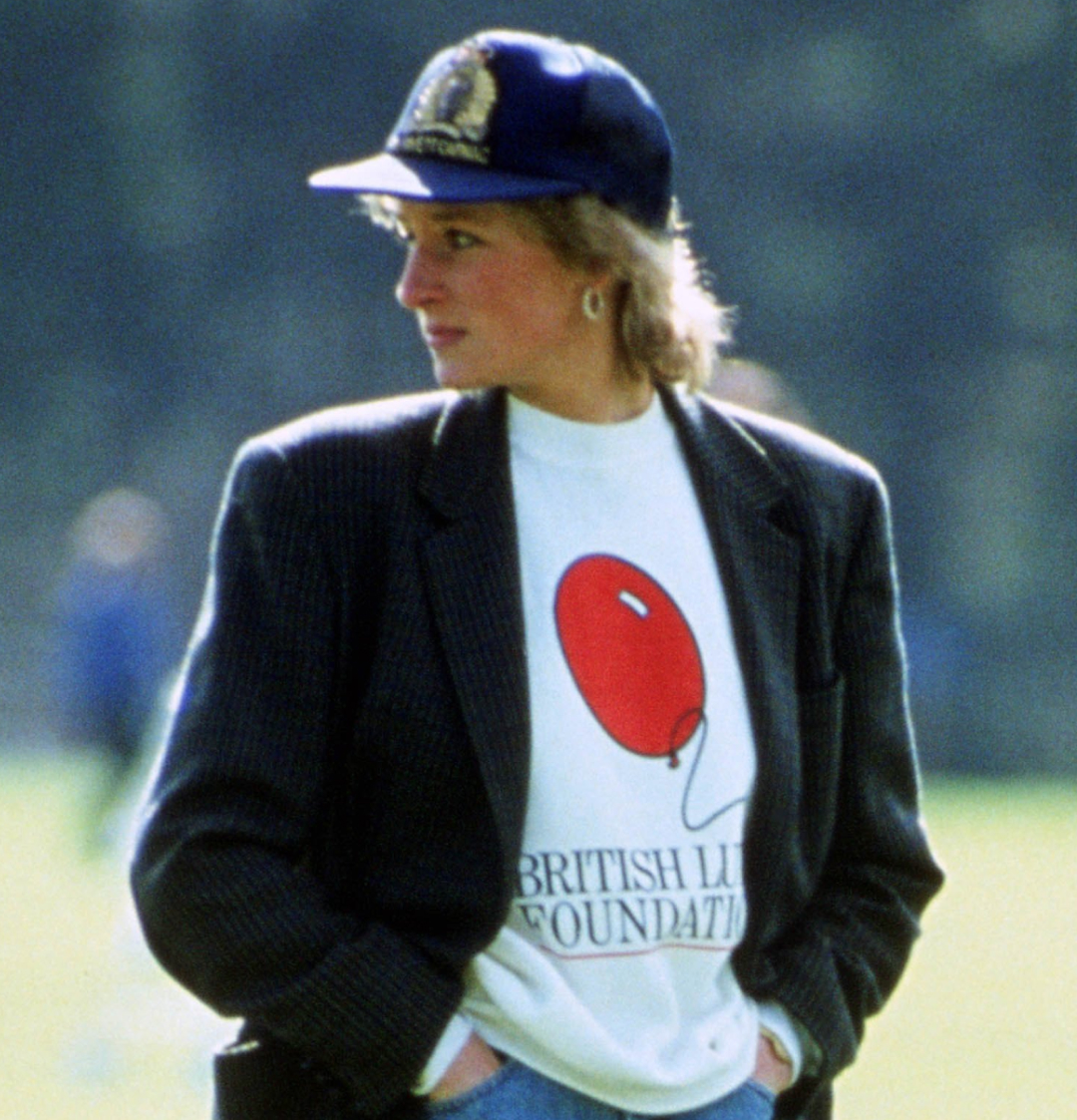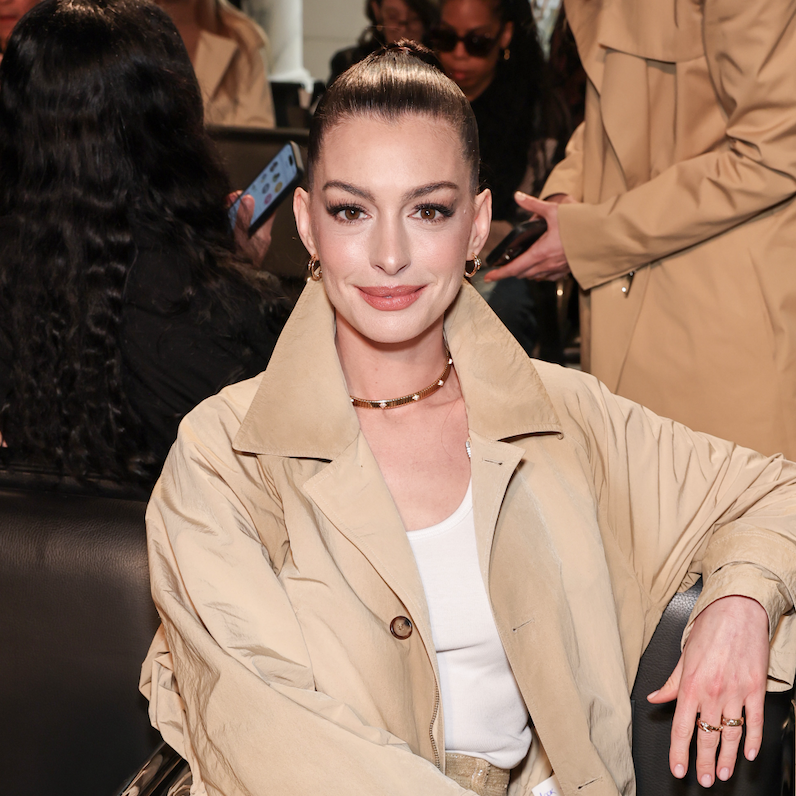Rosé Rules
A guide to our favorite summertime beverage courtesy of our go-to wine expert, Grapefriend.
It's summertime and that means one amazing thing: Rosé drinking! Most rosé is sold during summer, and I do love drinking it when it's hot out. But I also have it throughout the rest of the year either because it pairs well with something I'm eating or just because I'm in the mood.
That said, I started out drinking rosé in the summer when I wanted something cold and refreshing but weightier than white wine. Then I fell in love. And in the past few years, it feels like everyone's now drinking it. The stats back this up: Rosé sales in the U.S. are actually growing at triple the rate of total table wine sales. Most of this is imported rosé (sales of those were up 26% last year alone), although tons of domestic wineries are now rocking it, too.
For some people it's because it has a certain chi-chi appeal, like you're in the south of France having a long, lazy lunch on the beach. But for others, they know it's equally yummy and refreshing on a city sidewalk, a patio or just their couch.
So here are a few crucial things you need to know about rosé, other than that it's your new best friend in summer (and possibly beyond).
1. How It's Made: All of a wine's color comes from the skin of grapes. Think about it: if you slice open a grape the fleshy stuff inside is all a light gold color; it's just the skin that has pigment.
So when they're making rosé, red grapes are crushed and the skins usually stay in contact with the juice just for one to three days, turning the juice pink. Red wines, by contrast, stay in contact with the juice for a longer amount of time, making the wine a darker red.
Another way to make rosé is called saignée, or bleeding. If they're making red wine, rose is just a by-product of red wine where some of the freshly-pressed juice is siphoned off and then fermented on its own.
Stay In The Know
Get exclusive access to fashion and beauty trends, hot-off-the-press celebrity news, and more.
And the last way you can make rosé is just by blending red and white wine together, but this actually isn't allowed in most wine growing regions now.
2. The Grapes: The other day someone told me they thought rosé was the kind of grape used to make the wine. Nope. Rosé is made from red grapes, and many different kinds! It basically depends on the country, but popular ones are Grenache, Syrah, Pinot Noir and Tempranillo.
3. Where It's From: France is the largest producer of rosé wines in the world (almost a third of the total production). Provence is the big player, since more than half of the wine they produce is rosé. But definitely, definitely try out ones from the U.S. and Spain (my new obsession) which you can easily find in the store and on wine lists. Big bargains are the ruby-hued rosados from Spain, which are often cheaper than French or American rosés but still delicious.
4. Call Me Rosé Maybe: In France and America it's called rosé. In Spain it's rosado and in Italy rosato. Just don't call it blush, which refers to semi-sweet wine like White Zinfandel. A world of difference between sweet blush wines and the awesome dry rosés we're talking about here.
5. It's Not Just For Girls: Rosé gets sort of a rap as a "girly" wine, and really I have no idea why. As if wine could be masculine or feminine anyway! I think we're coming around on this, and Charles & Charles winery even goes so far as to make a bumper sticker letting everyone know, "Yes, you can drink rosé and still be a badass." Love it!
6. It Goes Amazingly With All Kinds of Food: Hot BBQ, sushi, spicy Indian, and tons of stuff in between. And of course, sometimes the best pairing is just with a friend and a beach.

Here are 10 really yummy bottles to try:
Chateau D'Esclans Whispering Angel 2011, $20. This has the typical Provence salmon color, and is a blend of Grenache, Syrah, Cinsault, Mourvedre, and Rolle. It's pretty delicate with some dusty citrus and a hint of strawberry. Lots of people buy Domaines Ott as their go-to rose — that's also from Provence, but it's 40 bucks and you could have this for $20 (and I actually like it more).
Hecht & Bannier 2011, $11. This one's from the Languedoc region in France, and is equal parts Grenache, Syrah, and Cinsault. It's an awesome flavor mix of raspberry, strawberry, and orange with a little minerality. Solid acidity makes it great with food.
Wolffer Rosé 2011, $15. This Bridgehampton winery was originally a potato farm but is now a sprawling estate. Their rosé is 54% Merlot, 21% Chardonnay, 9% Pinot Noir, 8% Cabernet Franc, and 8% Cabernet Sauvignon, and is similar to the leaner Provençal-style rosés with that pale salmon color. The strawberry fruit is subtle and light — perfect for an outdoor summer lunch.
Anaba Turbine Pink 2011, $22. A great winery from Sonoma that makes their delicious strawberry-heavy rosé from Grenache grapes. They also use wind turbines to generate electricity for the winery, hence the name!
Bedell Taste Rosé 2011, $18. This winery's on the North Fork of Long Island, an area that's really improved their wine quality in the past few years. Their rosé is 60% Merlot, 20% Cabernet Franc, 18% Cabernet Sauvignon, and 2% Syrah. Full of red berries and very zippy.
Bergstrom Rosé 2011, $19. My hands-down new fave — one of those wines that after my first sip I said, "Wow." It has a really elegant peachy flavor with a hint of smoke. Lots of Oregon wineries are really small, and Bergstrom only produced 652 cases of their rosé so try to get your hands on some stat!
Ochoa Rosado 2011, $12. This one's made from Garnacha (which is Spanish for Grenache) grapes and is from Navarra, a great Spanish region for rosados. Dry, watermelon, wild strawberry, orange peel. Yum.
Artazuri 2011, $10. This is also all Garnacha and the second rosado I've had from Navarra that's been neon pink. It's freaking cool and so are the wines. This one's very strawberry with just a tiny bit of minerality.
Gran Familia Rosado 2011, $12. This is a Tempranillo–based Rosado from Rioja. It has a deeper ruby color, just like the ripe strawberries it tastes like.
Biohof Pratsch 2011, $14. Going out on a limb here since I'm guessing most people don't buy a ton of Austrian wines, but I really like this one. And come on, I gotta give you one wacky recommendation. You may not have ever heard of Zweigelt and maybe you can't even pronounce it (z-VI-ghelt), but that's the grape used to make this. Tastes like white peaches and apricots with a little mineral on the end. Also has some mild fizzy thing which I love.
And don't forget the bubbles…
Sparkling rosé is made in a whole different way than regular still rosé (most commonly, a little red wine is blended with the base white wine before the second fermentation). It's a great alternative to regular bubbly, and sometimes even better!
Some great ones to try are Tarantas Organic Bobal Rosé ($10 and you can get it at Whole Foods), Mumm Napa Brut Rosé ($20), Domaine Carneros Brut Rosé Cuvée de la Pompadour ($36), and Taittinger Brut Prestige ($50).
-
 Let's Go, PPG, Fans! A New Peacock Series Starring the 'Love Island USA' Season 6 Cast Is Coming Soon
Let's Go, PPG, Fans! A New Peacock Series Starring the 'Love Island USA' Season 6 Cast Is Coming SoonWe're already clearing our summer schedules for 'Love Island: Beyond the Villa.'
By Quinci LeGardye
-
 Why Princess Diana Didn't Move to America
Why Princess Diana Didn't Move to AmericaThe late royal's friend opened up about the princess's American dream.
By Kristin Contino
-
 Anne Hathaway Doubles Down on Luxury's Favorite Neutral
Anne Hathaway Doubles Down on Luxury's Favorite NeutralShe painted herself in the timeless hue.
By Kelsey Stiegman